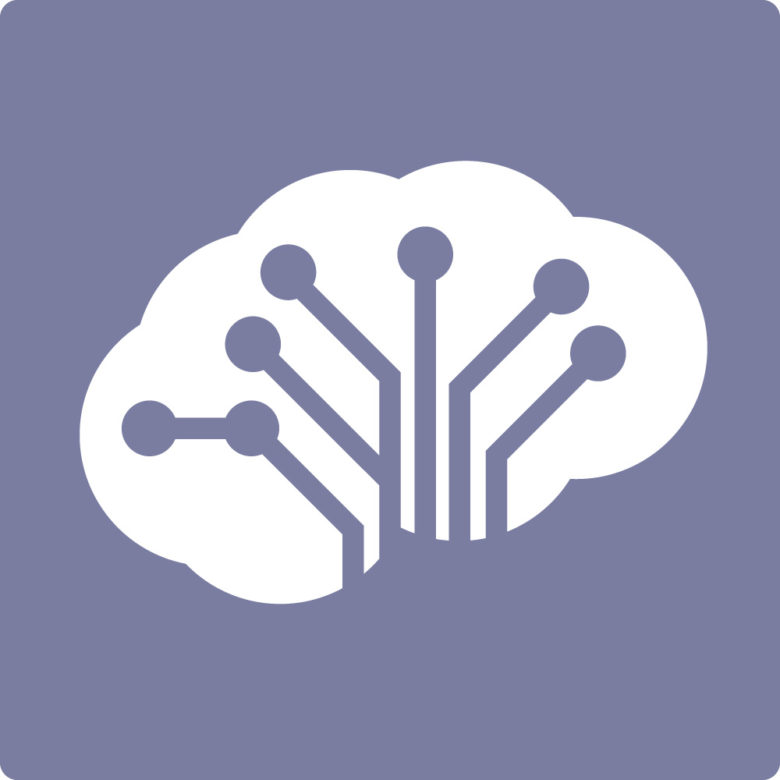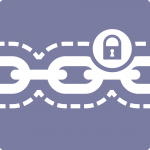JNI5 – Digital twins for assessing, managing and improving the reliability, robustness and resilience (R3) of critical systems
Project description
Improving the reliability, robustness and resilience of industrial systems
Launched in 2024 for a 4-year period, the JNI5 project aims to develop Digital Twins – DTs (JNI – Jumeaux Numériques Industriels) to assess, manage and improve the Reliability, Robustness and Resilience (R3) of critical industrial systems. It focuses on digital twins capable of collecting data in real time and exploiting it to improve the industrial system R3 properties. Consideration of the reliability of critical systems, and its preservation over time through robustness and resilience are essential to the management of critical systems. These make it possible to deal with known and credible threats, to guarantee end-users a high-quality, almost continuous service, with few interruptions over an extended period.
The developed digital twins will be able to support services to improve the R3 properties of complex technical/organizational systems, to guarantee the quality of service of the system in operation. These services include predictive actions (ability to anticipate events), preventive actions (ability to absorb events and adapt the system), and curative actions (ability to detect and restore service). One of the project’s main concerns is about architecture and implementation of the DT enabling inter-domain data federation, considering security and data protection, as well as integration with the company’s processes, improving its robustness.
The JNI5 project falls within the scope of the Digital twin of complex industrial systems programme, led by IRT SystemX. Consequently, it benefits from the common methodology and the open-source platform as well as from the industrial use cases built in the other program projects in the same programme
Expected results
- Define relevant R3 metrics/indicators for project use cases, enabling R3 management to be controlled over the industrial assets, and propose a methodology to define these indicators.
- Contribute to the modeling of the risk of failure and to the R3 system properties, considering uncertainties in the DT.
- Study the analysis of propagation of events, failures, identification of the cause of deviation/degradation (failures, malfunctions, attacks, cyber fraud, even concept drift).
- Develop DT capabilities for simulating hostile agents and analyzing their impact on resilience indicators, and build libraries of “disruptive” / “hostile” events.
- Develop DTs for the specific use cases and manage interoperability between heterogeneous models.
Targeted markets
- Aeronautics
- Energy
- Manufacturing industry
- Automotive
Supervised thesis
-
Dynamic uncertainty management in digital twin engineering for improving the robustness and resilience of industrial systems






